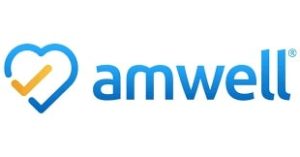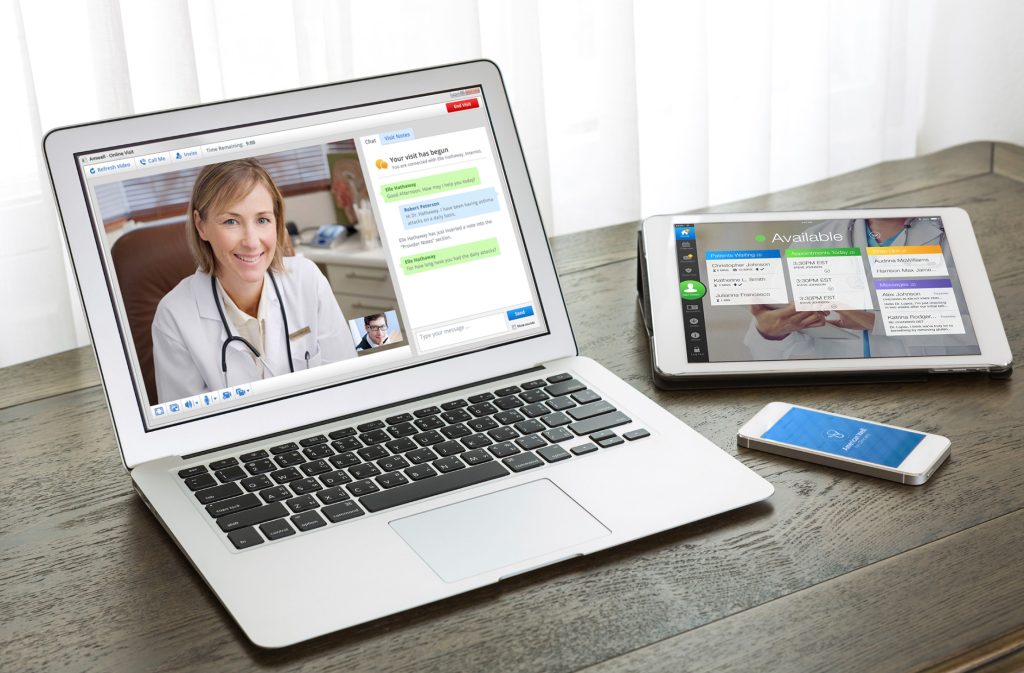When Cara Munnis began her career with a degree in pre-med, she never imagined she’d end up in product management. Fifteen years later, she is a leader in her field, working at the intersection of healthcare, technology, and business as the VP of Product Management at Amwell.
MassTLC asked Cara to share more about her work, career journey, and leadership style. Read on for more in her own words.
___
Please introduce yourself. What do you do at Amwell?
Hi, I’m Cara Munnis, a healthcare technology product leader with just over 15 years’ experience. I currently lead the product management team at Amwell. In my role, I oversee product managers and product operations leaders, all of whom are focused on strategizing, advancing our product roadmap and delivering on our client commitments. Aside from guiding my team, I personally contribute heavily to annual and quarterly product planning, client conversations, internal presentations and thought leadership forums.
Tell us more about your career journey. How did your earlier experiences pave the way to get you where you are today?
I graduated from the College of the Holy Cross where I studied biology, psychology and pre-medicine. My first job out of college was working as a research assistant at the National Institute of Health’s Framingham Heart Study. During my college internships, I struggled to find an area of medicine that most interested me, and after some debate, my father convinced me I was best cut out for business. I ended up getting my MBA from Bentley University where I honed my passion for business processes, systems operations and technology. In my first professional experience after business school, I chose to work as a business systems analyst within the healthcare industry where I worked cross-functionally on various internal technology implementations. Soon thereafter, I fell into a product management role, a career track that I have stayed on to this day.
Working at the intersection of technology and healthcare, what are some of the unique things you have to take into consideration as a leader?
Being a leader at Amwell provides me with the opportunity to work with an amazing group of employees that want to make a real difference in the healthcare industry. As a leader on our product team at Amwell, I need to have a solid grasp on the ever-changing healthcare industry and a deep understanding of our customers wants and needs – even being able to predict and influence what customers might want in the future before they know themselves. I also need to be able to effectively influence and inspire my team, working collaboratively with many others across our organization to foster an overall nurturing working environment.
How would you describe your leadership style?
I have never been the command-and-control type. I prefer to present a problem and deadline and ask my team to come up with suggestions or solutions. This works for my group at Amwell because running a SaaS Software team requires us to staff highly skilled product managers and team leaders. These folks are truly the resident experts in their area of the product (often much smarter than me!) and are satisfied with their jobs when they have ownership and visibility related to that area. I use chat messages to nudge or highlight key areas of focus, and product managers report-out regularly to leadership. I try not to jump in myself unless it seems we will miss a deadline, need to renegotiate scope with a client or product quality metrics indicate trouble.
What are some of the challenging and/or less “glamorous” parts of your job? How have you risen to face them?
Building and delivering the technology and product elements is usually the easy part of the job. One of the more challenging aspects is successfully working cross-departmentally while still optimizing for speed to market.
I am a fan of Conway’s Law, which reinforces that the output (product) an organization produces is a direct reflection of its internal communications structure. Because we operate a multi-tenant platform, where all the code is captured in a single application base, a new feature for one of our market offerings will easily touch the end user experiences of patients, clinicians and administrators all at the same time. To ensure no unintended consequences, we work in a product team matrix where we have product leads over each of the end user types that we serve, as well as each of the offerings we sell. This means needing to take time to communicate comprehensively and ensure our product managers work together. Product Managers are inquisitive problem solvers by nature, so I’ve found that explaining the full “why” behind the organization design thinking with adequate time for discussion and suggestion has allowed us to align on a model and pace that we could all accept.
What is your favorite part of your job?
I love setting things up and watching them run. Initially in my career this applied to building software products with a team of engineers, launching them into the market and measuring utilization and user satisfaction. Today, this applies more to enabling and empowering my team members. I love nothing more than motivating a product leader to hone their natural skills, give them the agency to deliver a product to market, and help observe their success or learnings.
What advice do you have for individuals who are just beginning their corporate leadership journeys?
My advice is to stay close to the technology, especially in your years as an individual contributor. This knowledge will establish the basis from which you will guide your teams and influence others as you grow into the management level. Also, be a good listener and ask for clarification if something doesn’t resonate – no matter your level, there is almost always more to learn either about the subject itself or about the perceptions of those with whom you are working.
One thing I always did to stay organized and ensure I kept my word as I started out (and still do to this day) is keep a notebook of tasks I need to follow up on, creating for myself a glaring, open box that I can check off only once finished. My goal would be to try and check off all my boxes before the day is over. If I find the to-do list feels too long, a simple but effective tool I’ve used to catch up is ‘time blocking’. Put simply, you force-rank the tasks you need to work on based on the value they will deliver, then actually mark a calendar with blocks indicating the amount of time you are willing to spend on each. Now hold yourself to the plan! This should help you make progress in key areas, cut down on procrastination, and avoid spending too much time in one area.
What’s next for Amwell?
At Amwell we are laser-focused on continuing to be the trusted digital care delivery platform for our clients. We are always looking for ways to further enhance our future-ready platform, Converge, as well as the services and programs we offer. Our goals revolve around satisfying our Customers’ evolving needs and complementing their existing strategies and investments, ultimately helping them to grow their businesses while improving their patients’ healthcare journeys and outcomes.
___
Cara Munis is VP, Product Management, at Amwell.
 |



